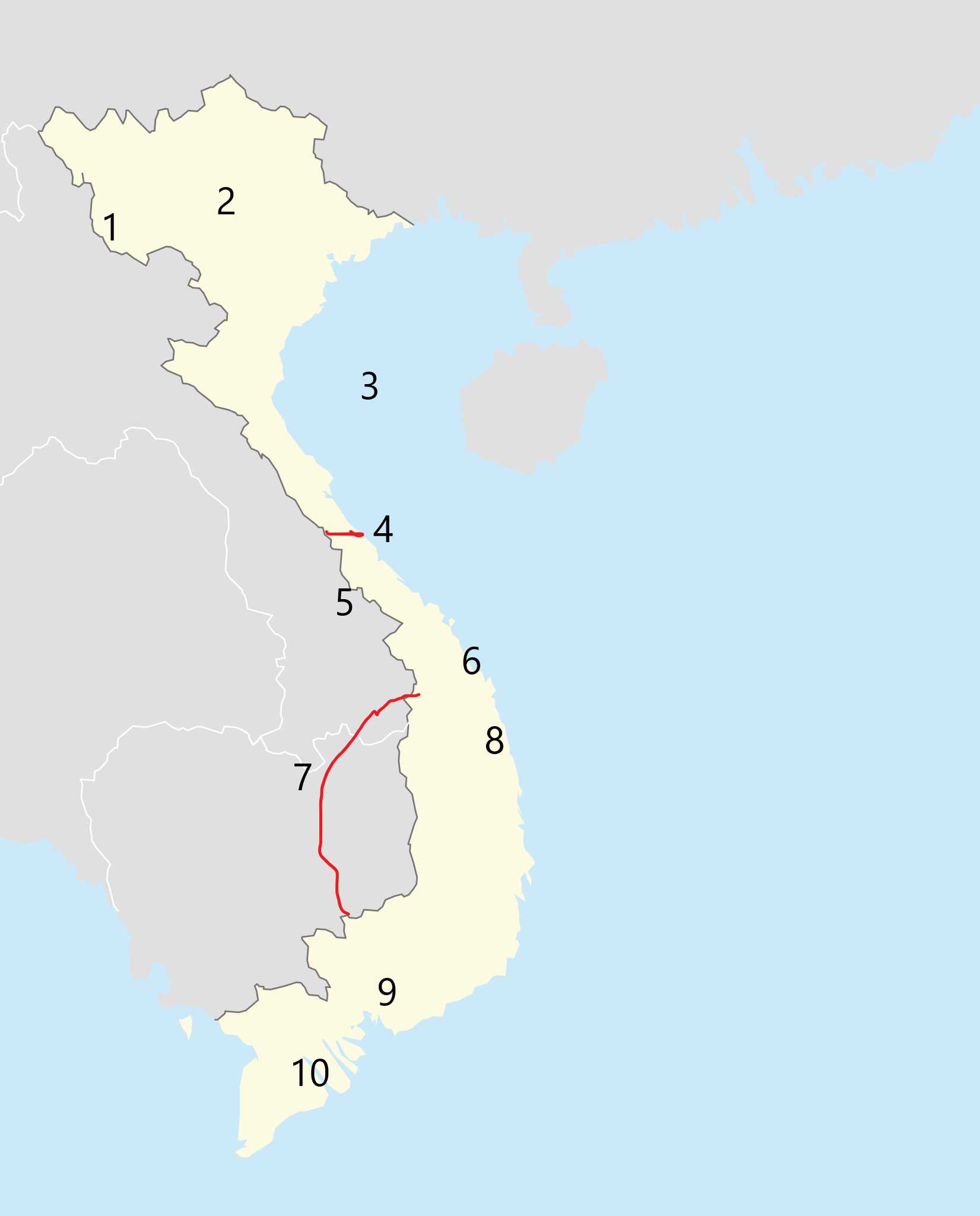
Vietnam War Places Trivia Quiz
If you watched the nightly news, or read the newspapers, in the 1960s and '70s, many of these place names will be familiar. But do you know where they are?
This is a renovated/adopted version of an old quiz by author ion
A label quiz
by looney_tunes.
Estimated time: 3 mins.
- Home
- »
- Quizzes
- »
- Geography Trivia
- »
- Asia
- »
- Vietnam
